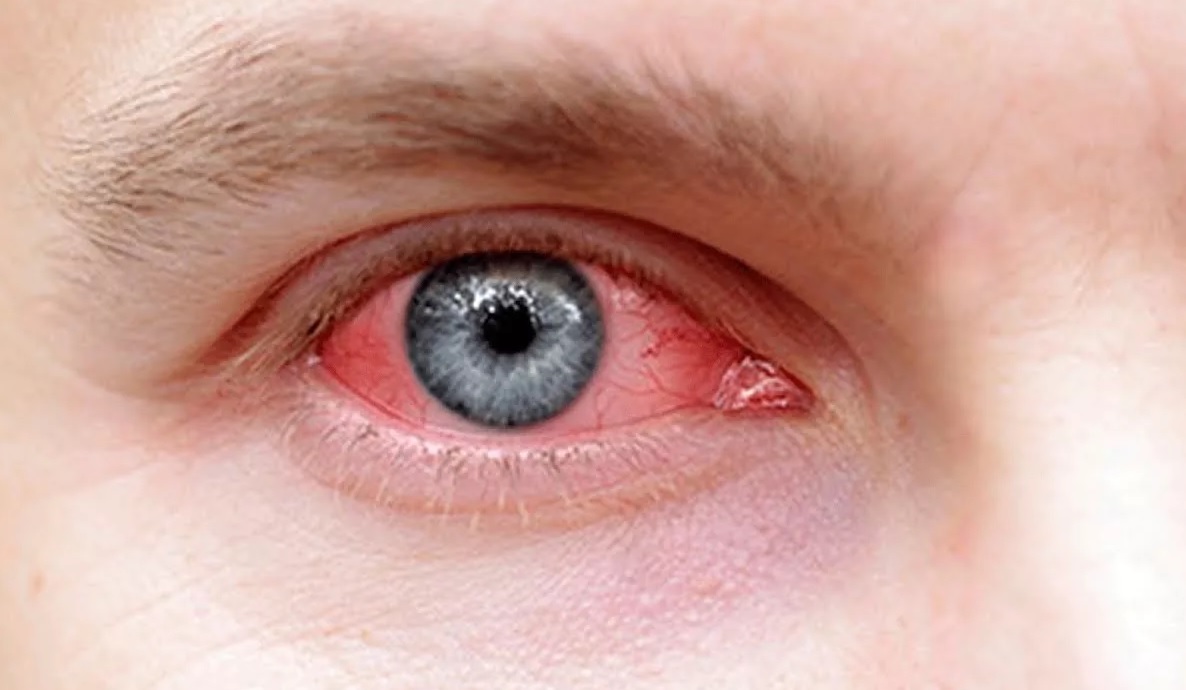What's in this article?
What is Pink Eye?
Pink eye also called conjunctivitis: is redness and inflammation of the clear membranes covering the whites of the eyes and the membranes on the inner part of the eyelids. Pink eye is most often caused by a virus or by a bacterial infection, although allergies, chemical agents, and underlying diseases can also play a role.
How to Recognise Pink Eye
Pink eye, known among medical circles as conjunctivitis, is an inflammation that takes place within the clear, thin covering around the white part (sclera) of the eye. It can also take place inside of the eyelids. While the conjunctiva of the eye (the layer at the top of the eye) is transparent, it does contain blood vessels, and anything that triggers inflammation could cause the blood vessels to dilate, leading to red, bloodshot eyes.
Conjunctivitis, like dry eye, can be caused by many factors. However, many eye doctors will only use the term pink eye when referring to viral conjunctivitis, which is a highly contagious form of eye infection that is typically caused by a number of different viruses. Based on cause, the most common types of conjunctivitis include:
- Viral conjunctivitis – caused by a virus, this form of conjunctivitis is highly contagious, but it can also clear up on its own after a number of days, without the need for medical treatment.
- Allergic conjunctivitis – caused by irritants such as dust, pollen, and animal dander, allergic conjunctivitis can be a seasonal occurrence or may flare up frequently throughout the year.
- Bacterial conjunctivitis – caused by bacteria getting onto the eye surface, this form of conjunctivitis can be seriously damaging to the eye if it is left untreated for too long.
What is Dry Eye?
Dry eyes can happen when tears evaporate too quickly, or the eyes produce too few tears. It is common in humans and in some animals. It can affect one or both eyes, and it can lead to inflammation.
One study found that 17 percent of 2,127 patients visiting a hospital in Japan were diagnosed with dry eye, while 14.6 percent in a group of 2,520 elderly individuals reported symptoms of dry eyes.
Dry eye syndrome can occur at any age, and in people who are otherwise healthy. It is more common with older age, when the individual produces fewer tears. It is also more common in women than in me
How to Recognise Dry Eye
Dry eyes can easily occur as a result of many different factors. Some people suffer from dry eye because they spend too much time sitting in front of a computer, whereas other people are simply unable to produce the right amount or quality of tears. In some cases, dry eye is caused by excessive tear loss, abnormalities within the eyelids or tear-production glands, changes in tear film composition, or other underlying conditions.
Because different forms of dry eye can interact with each other, and pink eye and dry eye can also interact, inflammation can become more severe, leading to a vicious cycle of ongoing discomfort. While inflammation doesn’t always manifest itself as swelling or redness, this can be a symptom that patients experience whether dealing with dry eye, or pink eye. Dry eye generally causes a number of the following symptoms:
- Stinging sensation
- Light sensitivity
- Mucus in the eye
- Blurry vision
- Excessive irritation
- Fatigue of the eye
- Inability to wear contact lenses
- Heightened reaction to environmental irritants
What’s the difference between Dry Eye and Pink Eye?
Dry eye is fairly self-explanatory; obviously, it’s a condition in which the patient’s eyes are excessively dry. There are many possible causes of dry eye syndrome: excessive screen time, compromised tear production, clogged tear ducts, chemical changes in the eye’s tear film. The list of potential causes is extensive. However, all lead to a similar end: your eye simply isn’t producing enough tears to properly lubricate itself.
Pink eye, or conjunctivitis, is fairly self-explanatory; it’s a condition in which the white space around the eyeball (the sclera) has acquired a pink or red appearance. But unlike basic dry eyes, which are defined by diminished tear production, conjunctivitis is defined as an inflammation of the conjunctiva, which goes beyond simple diminished tear capacity. However it’s slightly more complicated than that. The technical name for pink eye, conjunctivitis, comes from the conjunctiva, which is the membrane that lines your eye. The red appearance associated with pink eye actually comes from the inflammation of this membrane and the blood vessels that feed it.






Leave a Comment